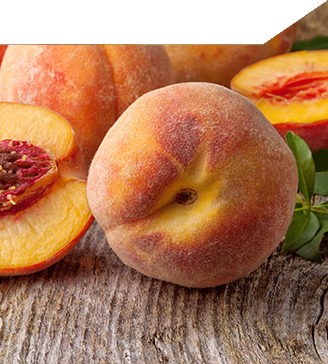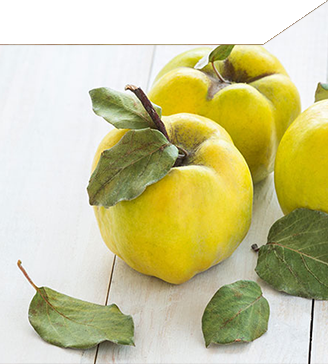
Origin / growing areas
The first plums are believed to have come from the northern Caucasus and the Altai Mountains in Siberia, where plum trees still grow wild in large numbers. Experts assume that the domesticated peach is a natural cross between a sloe and a cherry plum. The Romans brought the cultivated plant to Germany and France, where the typical growing areas developed in the 18th and 19th centuries. Plums are found on all continents today. Baden-Württemberg and Rhineland-Palatinate are the principle growing areas in Germany.
Description
The plum is a species of the subgenus Prunus and a member of the Rosaceae family. The term plum is a generic designation for a large number of species that exhibit quite different characteristics in some cases. That is why we distinguish between two basic groups: “plums” and “damsons”. Not all types can be definitively assigned to either group, however, as many are cross-bred varieties.
Distinctive features
Dried plums (or prunes) are a natural laxative that is commonly found in household medicine cabinets.
Fruit
Plums differ in size, shape and colour, depending on the species. The may be round or oval, and usually have a smooth pit and a prominent groove running down one side. The flesh of the fruit is soft and varies from greenish- to golden yellow. Damsons are have an elongated oval shape with a pointed tip and a less prominent longitudinal groove. Their flesh is greenish-yellow and aromatic, and is usually easily separated from the pit.
Flavour
Ripe plums are juicy and sweet, although they contain relatively little fructose. They have a rather sour taste when cooked. They are often processed into plum puree or compote or used in cakes.





